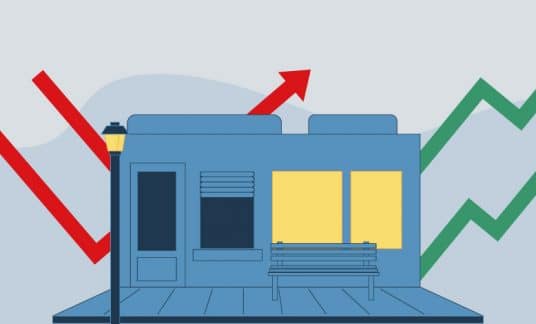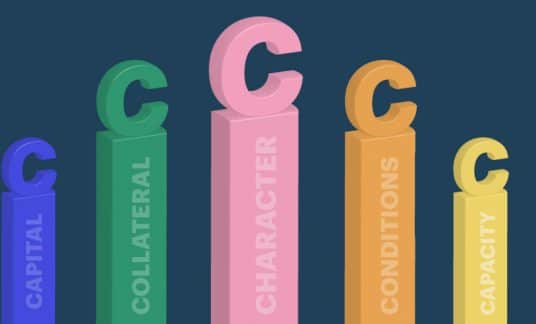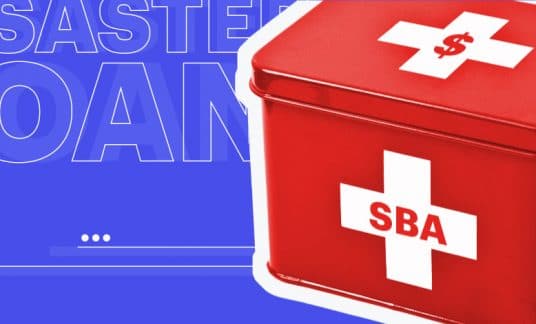Your company’s profit-and-loss statement tells an important story about your business’s financial health. While these statements might seem a bit intimidating at first, they don’t have to be.
We’ll shed some light on profit-and-loss statements, complete with examples and templates so you can forge your own — easily and without hassle.
What’s a Profit-and-Loss Statement?
A profit-and-loss statement, sometimes called an income statement or a P&L, is a periodic summary of your company’s income and expenses. It indicates changes in accounts over a set period. This document can tell you, your creditors and your investors whether your business made or lost money.
Specifically, this financial report tells you whether your business is operating profitably, what percentage of the sales of a good or service covers the cost to produce it and what percentage of sales covers your company’s fixed expenses.
What Components Make Up a Profit-and-Loss Statement?
There are 5 key components of a business’s profit-and-loss statement:
- Revenue (or sales)
- Cost of goods sold (COGS)
- Gross profit (calculated by subtracting COGS from total revenue)
- Expenses
- Net profit (calculated by subtracting expenses from gross profit)
These components provide critical information about your business finances.
For example, taking total revenue and subtracting it by COGS tells you what your gross profit is. This gives you an idea of how much money you have remaining after you’ve covered the cost of making the product in a given month.
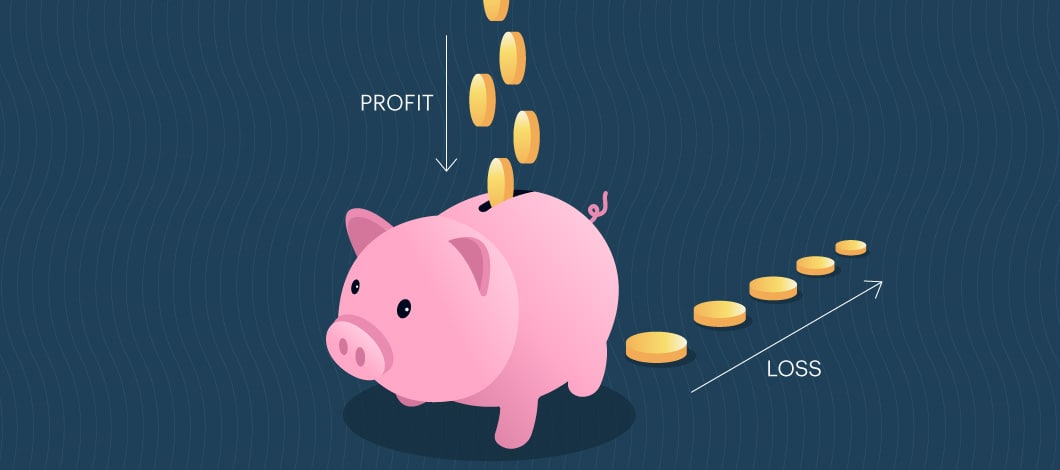
Terms to Know When You’re Calculating Profit and Loss
Here’s a brief glossary that can help you understand your business profit-and-loss statement.
- Profit: While every business owner understands the term profit loud and clear, it’s important to remember that profit is different from cash flow. Profit accounts for what’s left over after you subtract all expenses from your gross revenue. This is the final, and most important, line in a P&L.
- Depreciation: The losses incurred by the degradation in the value of a business asset over time (e.g., the lost value of a company vehicle).
- Cost of goods sold (COGS): This represents the expenses in time, freight, manufacturing, packaging and materials that go into producing a product. For services, COGS is the cost of providing services, such as labor, transportation and materials.
- Operating expenses: Sometimes referred to as OPEX, this refers to all required operational costs not included in COGS
- Earnings before interest, taxes, depreciation and amortization (EBITDA): This is a metric used to determine profitability for companies with many tangible assets and a high amount of debt.
Free Blank Profit-and-Loss Statement PDF and Excel Templates
A fast and easy way to create a business profit-and-loss statement is to find a statement template online and input your company’s information.
If you feel prepared to get started making profit-and-loss statements for your business, consider using any of the template sheets listed below. Use these profit-and-loss statement templates for self-employed businesses or small companies.
These templates include all of the information required of a profit-and-loss statement minus your company’s financial information, which you plug in yourself. Most of these profit and loss templates can be downloaded in .xls form.
- Template #1 from Microsoft Office
- Template #2 from Vertex42
- Template #3 from FormSwift
- Template #4 from Smartsheet
If you’re wondering how to create a profit-and-loss statement in Excel, you would download the .xls file and open it with Excel (or another spreadsheet program like Google Sheets). Once you do, you’ll be able to enter your figures and edit your document as needed.
If you prefer a free blank profit-and-loss statement in PDF format, FormSwift is your go-to. Complete your entries using PDF Editor. When you’re done, download your PDF or email it to yourself.
If you’d like to automate the process of preparing a simple profit-and-loss statement, consider accounting software such as FreshBooks and QuickBooks.
-
Profit-and-Loss Statement Adjustments for the Self-Employed
If you’re self-employed, you can add the following rows to provide a clearer financial picture:
- Add a “tax” row after the “net” row, and include the sum you will set aside for taxes
- Add a “pay-out” row, which is the amount you will pay yourself for your work (i.e., either a preset sum or a share of the net income)
Examples of Profit-and-Loss Statements
To help you get a feel for how to read and produce a profit-and-loss statement, there are plenty of sample statements available online for your convenience.
- Sample #1 from Western Australia SBD Corp.
- Sample #2 from Hands On Banking (Wells Fargo)
- Sample #3 from the Corporate Finance Institute
- Sample #4 from the Edward Lowe Foundation
Review the profit-and-loss statement format provided in each example to understand what your document should include.
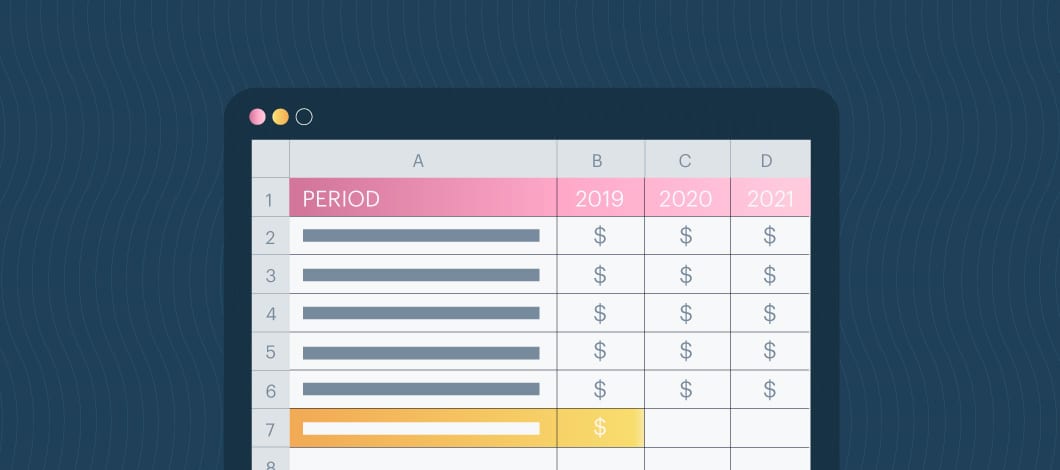
How to Prepare a Simple Profit-and-Loss Statement
To draft a simple profit-and-loss statement, the Small Business Administration’s Financial Education Curriculum recommends the following formula:
- Calculate your company’s quarterly revenue or sales
- Subtract your cost of goods sold
- The difference is your gross profit
- Document your total expenses associated with ongoing business operations, or your overhead
- Now, subtract these expenses from your gross profit
- The difference is your net profit, which should be listed at the bottom of your P&L statement
If your net profit is positive, then congratulations: Your business operated at a profit.
How to Read a P&L Statement
When reading the profit-and-loss statement for your small business, don’t get bogged down by the many subtotals found throughout the chart. Ultimately, what’s most important is the figure at the bottom of the table: net profit.
Just as total revenue will always be found on the top line, your net profit (i.e., leftover funds after expenses are subtracted from revenues) will always be found at the bottom.
The expense section of the statement displays all the itemized expenses and general operating costs of the business. This section also will factor in interest charges, depreciation, taxes, and amortization. Think of net profit as the bottom line: If it’s positive, you’ve earned more than you have spent.
Your Financial Health Check
Like your company’s bank statement, your business profit and loss report provides key information that indicates whether your business is operating profitably and sustainably. This is why public companies in the U.S. are bound by law to include profit-and-loss statements in their quarterly financial disclosures.
For small business owners and those who are self-employed, profit-and-loss statements give you the opportunity to reflect on your business’s financial health over a given period. The information it provides can help you make critical decisions regarding where to cut expenses.
Not only can it help you make internal decisions about your business’s future, but it also can help creditors and lenders judge your creditworthiness. In short, a company’s profitability over time can be determined simply by comparing periodic reports. This is an invaluable asset when trying to form a complete picture of your business’s finances.



